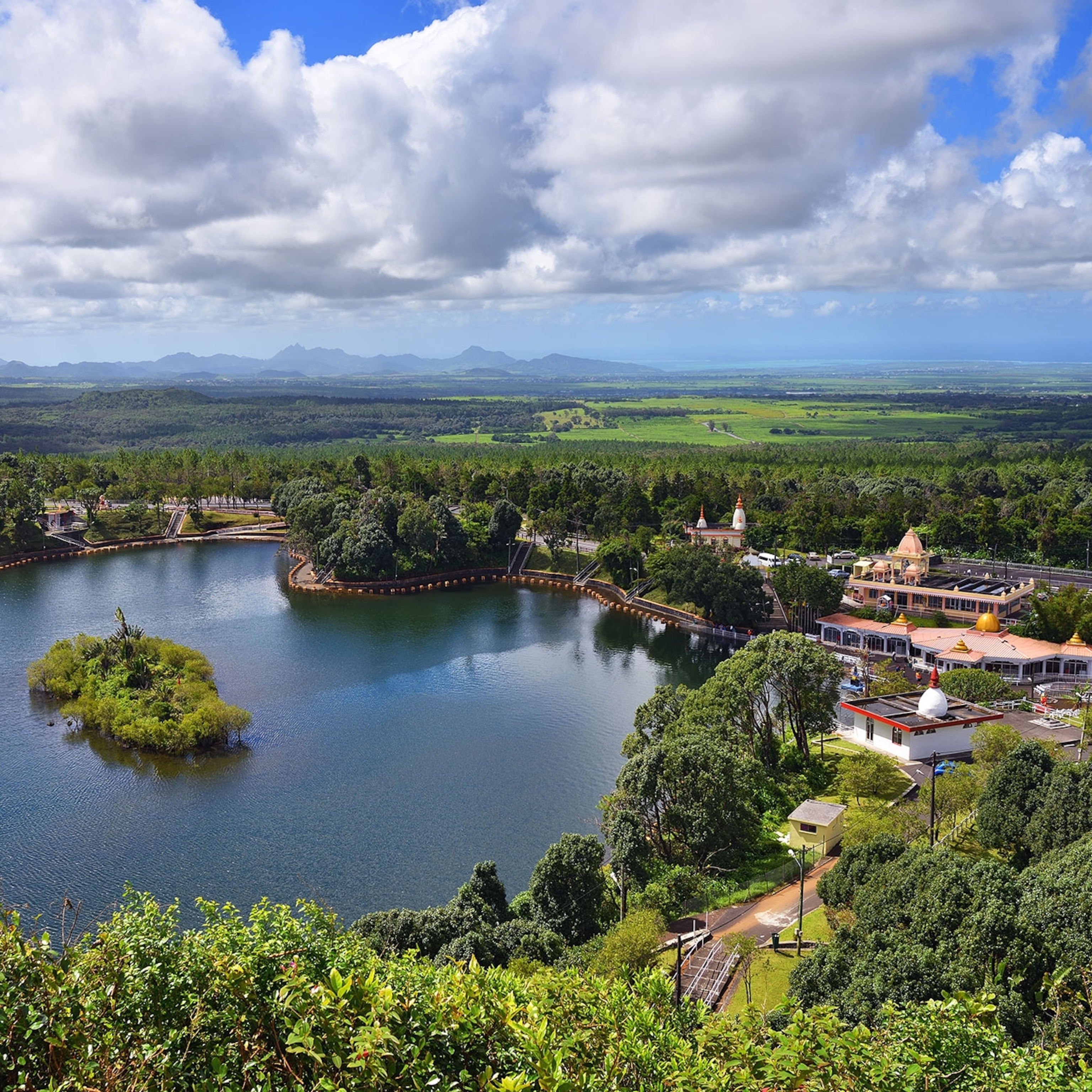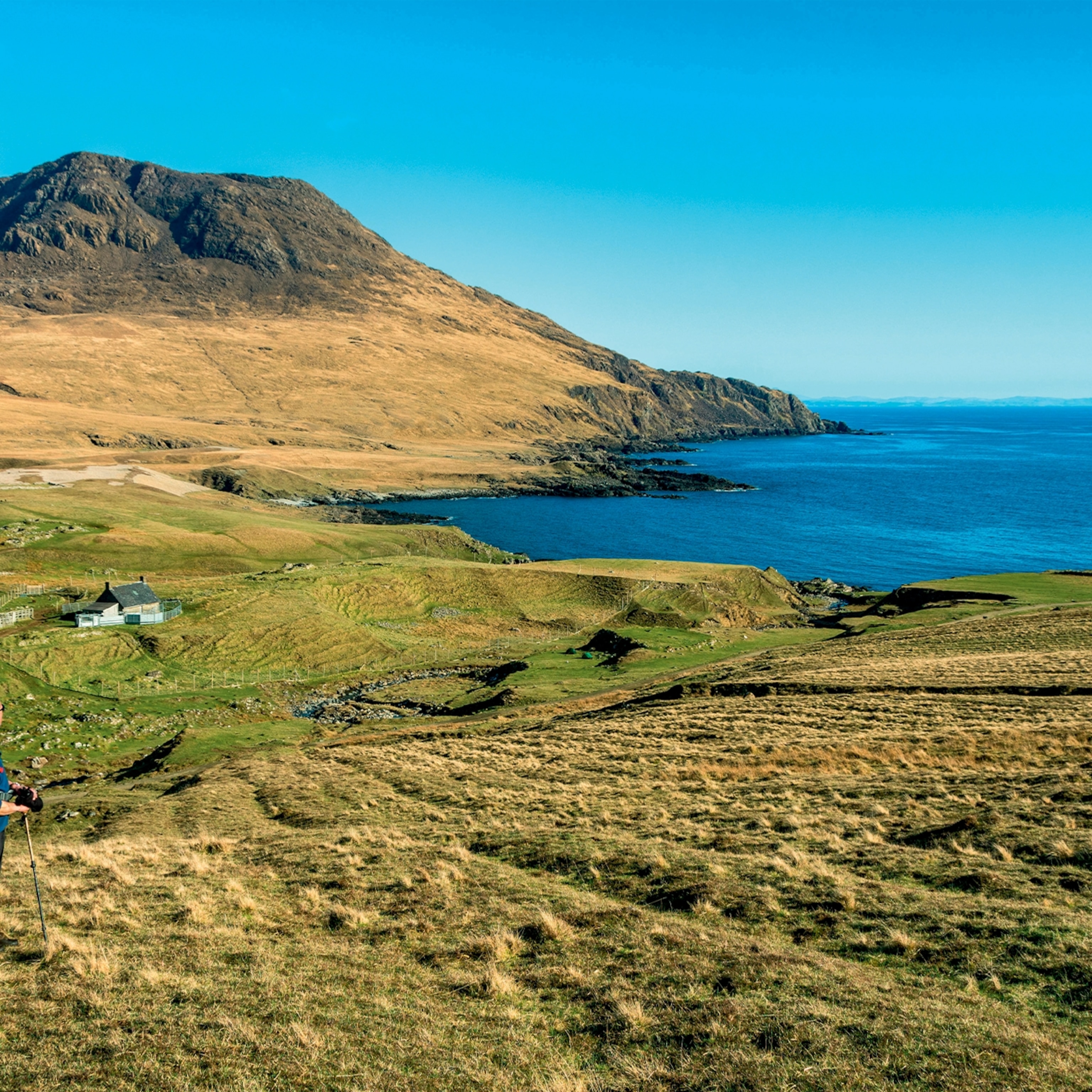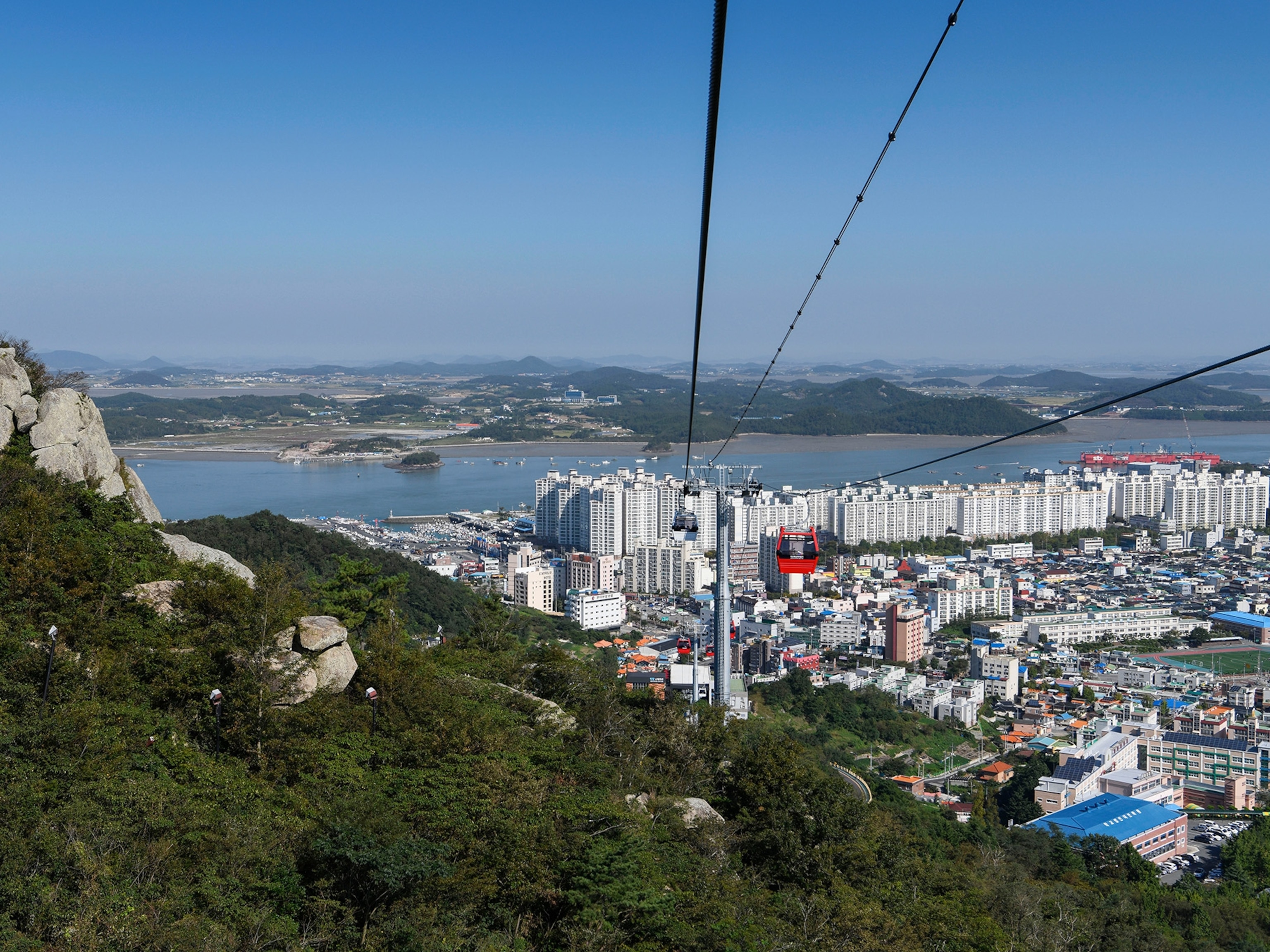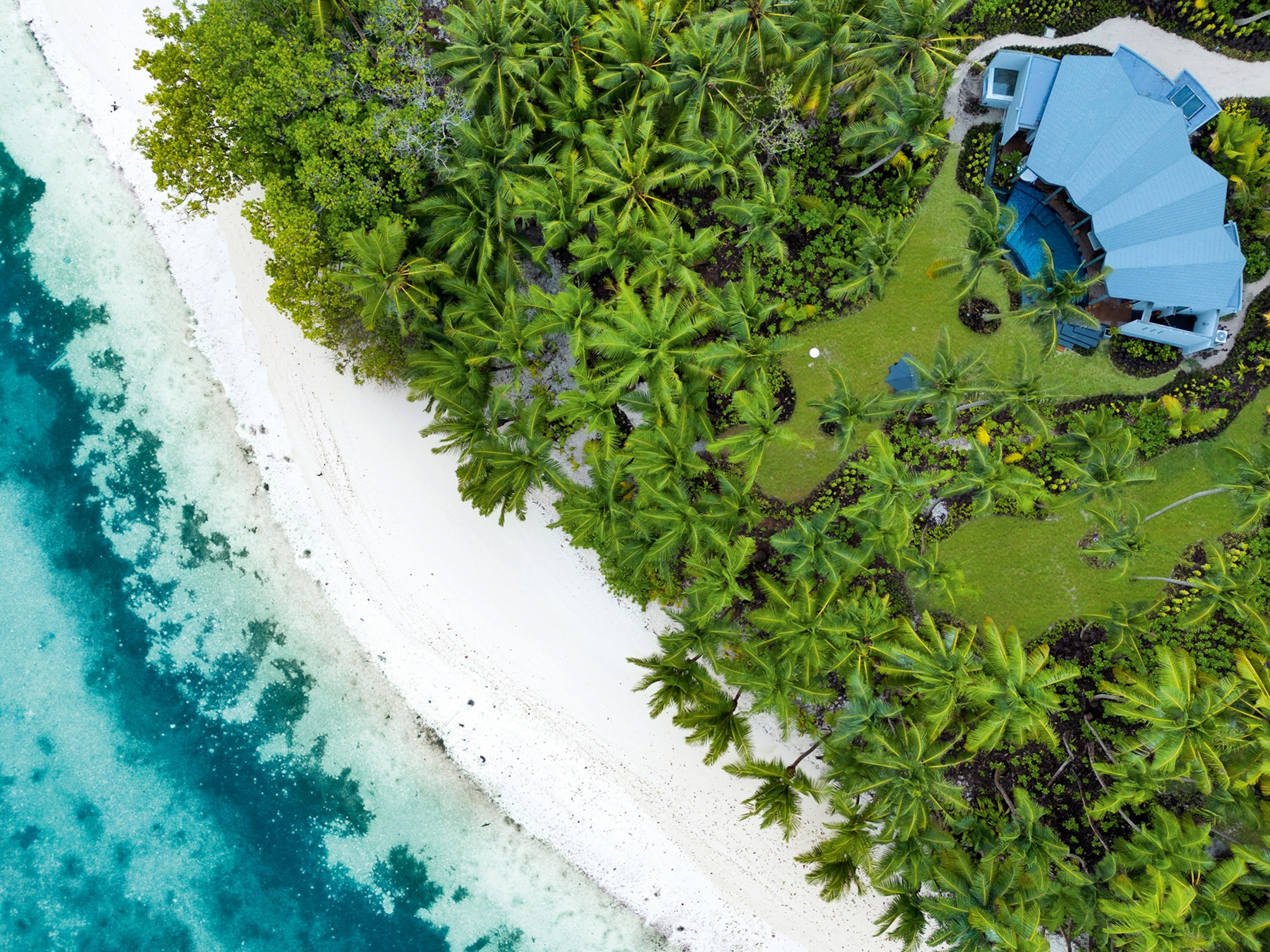
Real desert islands: 10 remote getaways in the Indian Ocean
Whether you want a slow pace of life or to surf off white-sand beaches, find your perfect remote getaway in the Indian Ocean.
Think of the Indian Ocean, and it's likely you'll conjure images of pristine sands scattered with coconut palms, surrounded on all sides by turquoise sea. Such desert islands — worthy of Robinson Crusoe — are easy to find in the region, offering sun, sea and perfect seclusion, far from the rigours of everyday life. From the pancake-flat atolls of Alphonse in the Seychelles to the wildlife haven of Comoros, here's where should be on your radar.
1. Thulusdhoo, Maldives
Best for: riding the waves
Palm trees sway in the tropical breeze here just as they do on the private-island resorts that occupy most of the Maldives’ 200 or so inhabited islands. But unlike those stand-alone hotels, this residential island north of the capital Malé still retains its local Maldivian life — albeit local life where Western-style swimsuits are permitted on Bikini Beach and where restaurants and activity providers are dotted around the sandy lanes. That’s because Thulusdhoo is no stranger to tourism. Adopted by Australian surfers in the 1970s, the capital of Kaafu Atoll has an easygoing, lived-in charm to suit its tribe of young(ish) saltwater travellers. Experienced wave-riders come for the twin surf breaks of Cokes and Chickens, the latter one of several waves accessible by a traditional dhoni boat. Randhaa Surf Shop provides lessons and hires out boards — no wetsuits needed in bath-warm water.
In recent years, paddleboarders have arrived to ride gentler waves and scull through the calmer waters of a turquoise lagoon. This being the Maldives, the diving is terrific and the dinghy sailing a thing of dreams; enterprising local operators offer both at lower prices than private islands. If Thulusdhoo has a catch, it may be that — as on all Maldivian residential islands — booze is banned. But the locals are an obliging bunch: they’ve set up floating boat-bars just offshore. And the speedboat to reach them sure beats a traditional taxi.
How to do it: Stay at Season Paradise which has doubles from $125 (£101), room only.
2. Zanzibar, Tanzania
Best for: old town intrigue
In Zanzibar’s historical capital city, the Stone Town neighbourhood remains a beguiling and bewildering African-Arabian hybrid, with the local meet-up point of Jaws Corner and former sultans’ palaces in the labyrinthine lanes. Locals still chirrup “pole, pole” (slowly, slowly) because that’s how life moves. Zanzibar is in a sweet spot where resort-level comforts can be found, but they haven’t come at the expense of its charms. Nungwi and Bwejuu beaches remain as good as any in the Indian Ocean, but the hotels typically cost around a third less than they would in the Maldives.
How to do it: TUI has seven nights from £1,398 per person, B&B, including flights.
3. Pemba, Tanzania
Best for: intrepid beach-goers
For classic beach trips, you could choose somewhere like Zanzibar. But for more of a soft adventure, take a 20-seater plane 50 miles north to Pemba. Never heard of it? Neither have most international travellers or hotel chains. That’s why Pemba is a time warp of some 40 years ago, and also why it has a cachet among intrepid visitors who are desperate to keep it quiet. In 2013, The Manta Resort’s unique, below-water accommodation, the Underwater Room, attracted a flurry of publicity, but not too much.
The interior of the island remains as leafy and fertile as a set from Jurassic Park; Pemba’s Arabic name, El Huthera, means ‘The Green’. Vervet monkeys swing and flying foxes the size of seagulls flit in the Ngezi Forest Reserve. The air carries a heady aroma of cloves, Pemba’s sole cash crop. In tin-roof villages where women in brightly coloured kangas chat and fruit comes in ox carts, travellers are still (just about) a novelty. If that return to a simpler age of travel is one reason to come, others include peaceful west-coast beaches and sandbars that come and go with the tides, plus stellar snorkelling and diving. Long-running marine conservation programmes have protected coral. Drop-offs into the Pemba Channel attract Napoleon wrasse, reef sharks, spotted eagle rays and vast pods of dolphins, plus migratory humpback whales in summer. The few hotels such as Fundu Lagoon are of the low-key variety. Anyone looking to do nothing more pressing than read and relax will fit right in.
How to do it: Expert Africa has seven nights in Pemba from £1,890 per person, full board, including all transfers in Tanzania.
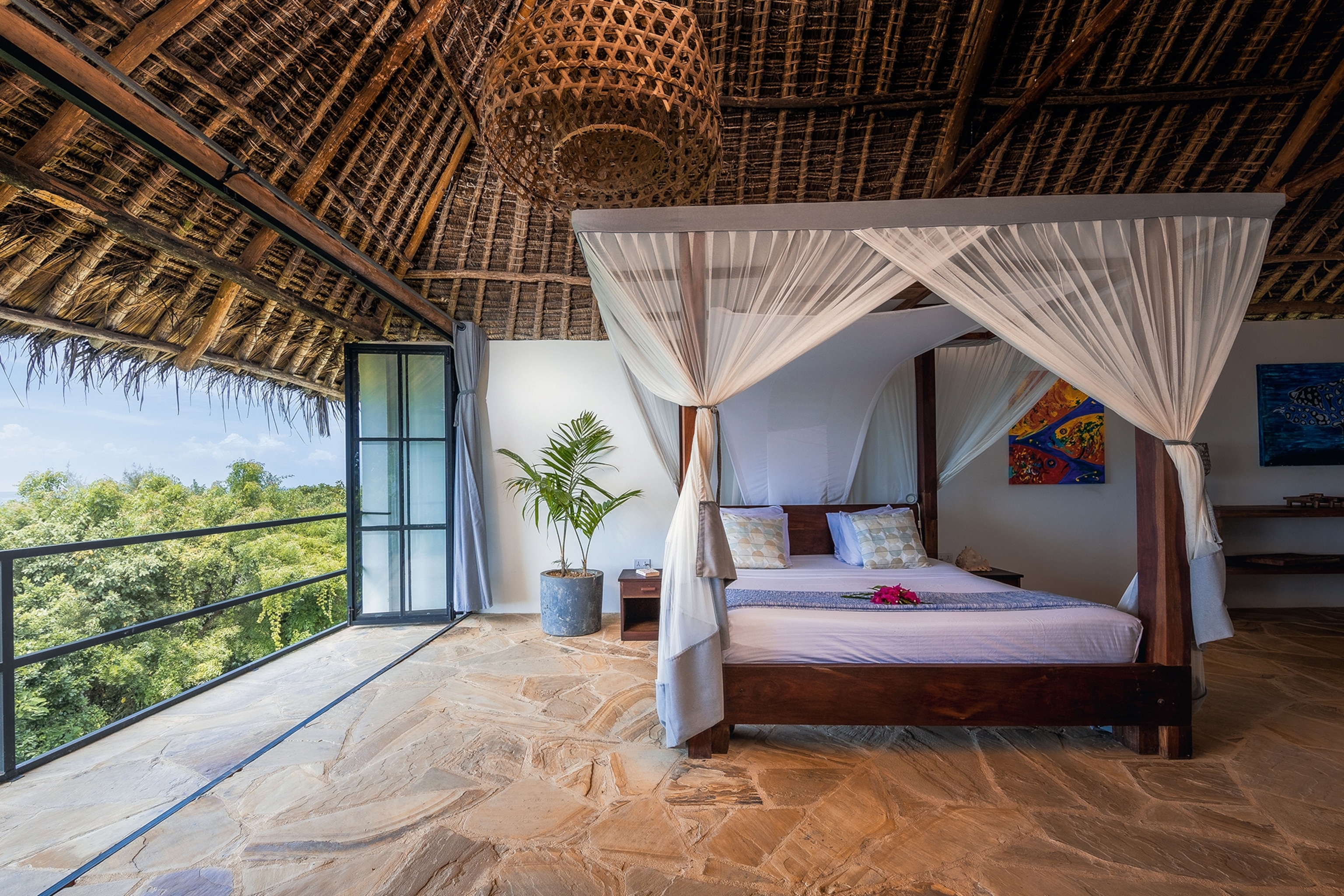
4. Alphonse, Seychelles
Best for: a nature-focused escape
The way to think of Alphonse — the most developed member of the Seychelles’ Outer Islands, 250 miles south of the main island Mahé — is as an Indian Ocean Galápagos. The surrounding pancake-flat atolls are a Noah’s Ark for rare wedge-tailed shearwaters, boobies and astounding sea life; highlights of the BBC’s Blue Planet series were shot here. Visit to join conservation projects such as ocean clean-ups and turtle-tracking, as much as to drop off the radar. Tourism is such a recent arrival that dive sites are still being mapped out. The catch? Such glorious isolation isn’t cheap.
How to do it: Original Diving has 14 days in Alphonse and Desroches from £11,465 per person, full board and B&B respectively, including flights.
5. Mohéli, Comoros
Best for: out-there adventurers
Few Indian Ocean destinations are as unchanged by tourism as the islands of Grande Comore, Mohéli and Anjouan, for the simple reason that few tourists ever visit — a legacy of now resolved political instability following independence from France in 1975. Only now are visitors discovering their white-sand beaches: on Grande Comore alone, Mitsamiouli, Galawa and Chomoni are visions of coconut palms and turquoise waters. Grande Comore is the international gateway, and its capital, Moroni, has a spice market and a crumbling Arabic medina. But the real adventure starts in Mohéli. On the smallest, wildest Comorian island, endangered Livingstone’s fruit bats flap and mantas and dugongs drift in the UNESCO-listed Mwali Biosphere Reserve. On the beach at Itsamia, green turtles lay eggs beneath inky night skies strewn with stars.
How to do it: Responsible Travel has 11 days from £1,599 per person.
6. Havelock, Andaman Islands, India
Best for: Robinson Crusoe luxury
At least two flights, one layover and a couple of hours on a bumpy ferry make some first-timers question their sanity for booking Havelock. Then they step ashore. The most developed of the islands in this far-flung Indian archipelago of 500-plus isles, closer to Thailand than mainland India, Havelock is effortlessly beautiful: mile upon mile of wild beach (Radhanagar is a marvel); barefoot luxury in hotels set within lush jungle; great diving and kayaking through mangrove forests. So far, so Seychelles. Havelock’s trump card is its authenticity: in villages, families ride in rickshaws, dhabas (roadside eateries) rustle up fish curry and there’s chai at street stalls. By the time you leave you’ll question why you didn’t book for longer.
How to do it: Bamboo Travel has a 14-night tour split between Havelock and Tamil Nadu in mainland India from £4,695 per person, B&B, including flights.
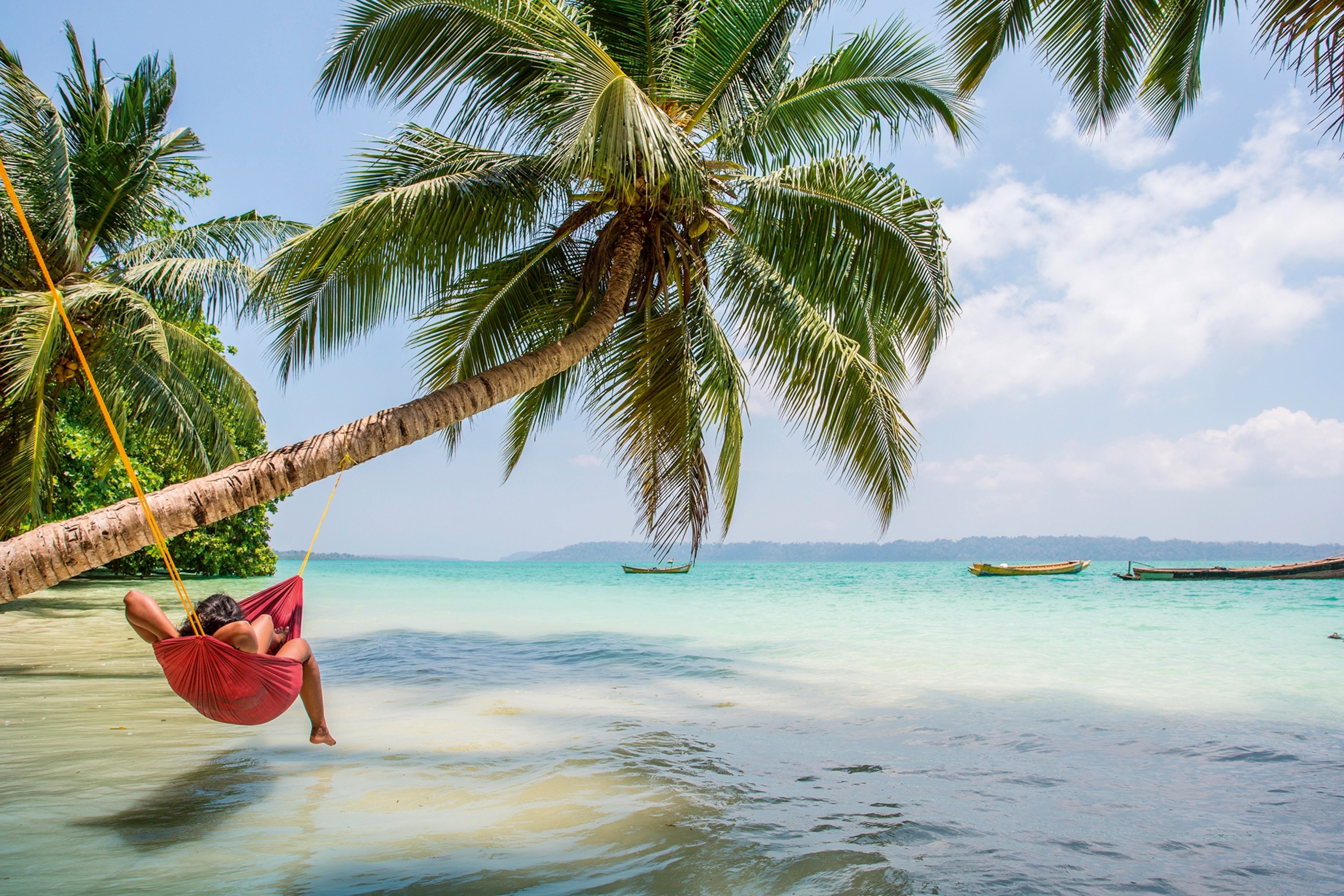
7. Lamu, Kenya
Best for: bohemian beach vibes
For hippies in the 1960s, this dot barely off the coast of mainland Kenya was made all the more alluring by the effort of arrival. While the schlep of getting here has reduced — many visitors come post-safari — Lamu’s bohemian energy lingers. Lamu Town — a UNESCO World Heritage Site and the oldest and best-preserved Swahili settlement in East Africa — is a captivating fusion of Islamic-African architecture where coral-built houses have carved mahogany doors, silversmiths work in shoebox ateliers and donkeys wander the dusty backstreets. Visit laid-back Shela village nearby for seven miles of icing-sugar sand or charter a dhow (traditional boat) and take a day trip into the Lamu archipelago.
How to do it: Tropical Sky has seven days from £2,149 per person, B&B, including flights.
8. Mayotte, France
Best for: a Gallic adventure
Mayotte, an overseas department of France, is relatively prosperous — good hotels, road signs seemingly imported from the Dordogne, wi-fi as standard — yet retains its wild beauty. Beaches like Sakouli and Sohoa are quiet. Lemurs frolic on N’Gouja beach and in steamy forests draped over Mount Benara. The air smells of Chanel No.5, which seems absurdly French until you learn one of the perfume’s main ingredients, ylang ylang blossom, is Mayotte’s major export. Offshore, there’s healthy reef plus calving humpbacks from August to September in the world’s third-largest lagoon.
How to do it: Stay at Le Jardin Maoré which has doubles from €84 (£74), room only.
9. Rodrigues, Mauritius
Best for: a twin-centre break
Close enough for a twin-centre break with big sister Mauritius, which lies a short hop by plane to the west, Rodrigues is an 11-mile-long speck where life moves at the speed of its giant tortoises. With little tourism, and accommodation mostly in relaxed hotels and guesthouses, a sense of adventure is a prerequisite. The reward is a shyly welcoming destination adrift in balmy seas. Seven streets wide, the capital Port Mathurin is an oversized village with a lively Saturday market. Essential day trips are to Île aux Cocos, a castaway island in waters that are coloured kingfisher-blue, and a visit to the former pirate hideout of Trou d’Argent. The shallow lagoon offers excellent kitesurfing.
How to do it: Stay at Tekoma Boutik Hotel which has doubles from €308 (£265), B&B.
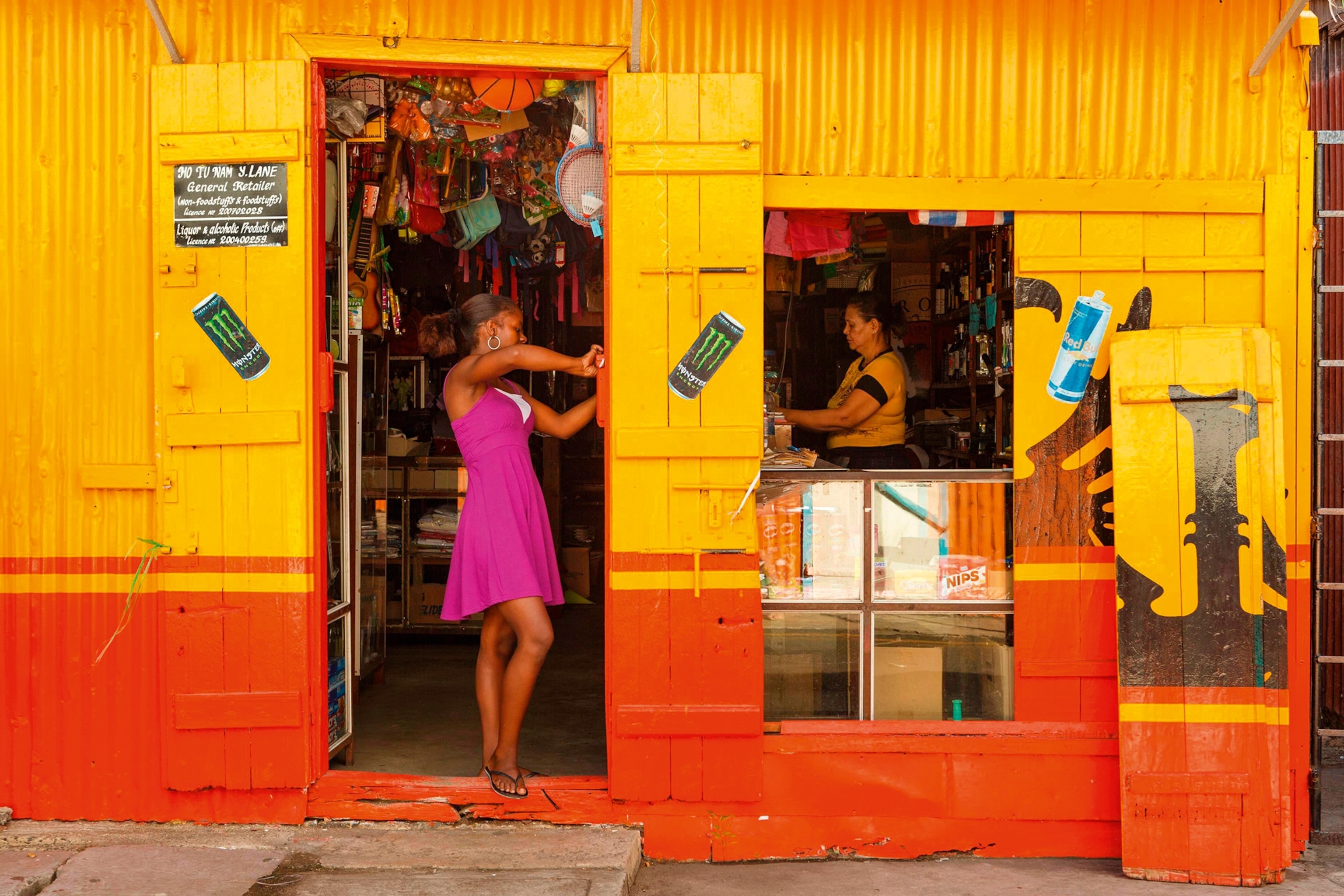
10. Mafia, Tanzania
Best for: close encounters
Probably a mispronunciation of morfiyeh— the Arabic word for group — Mafia is a terrific name for a Tanzanian island that somehow evades attention. In style, Mafia is much like a simple, laid-back Zanzibar. Palm-thatch huts replace hotels and the mood is lazy. Mafia Island Marine Park, a protected marine area, offers around 320sq miles of diving opportunities just off shore: expect to see healthy coral reefs, wall dives and channels where dugong graze. Humpback whales and hawksbill turtles also call this region home.
How to do it: Dive Worldwide has 11 days from £2,195 per person, half board, including flights.
To subscribe to National Geographic Traveller (UK) magazine click here. (Available in select countries only).
